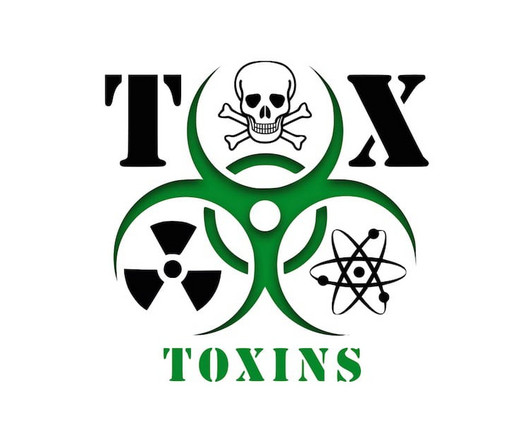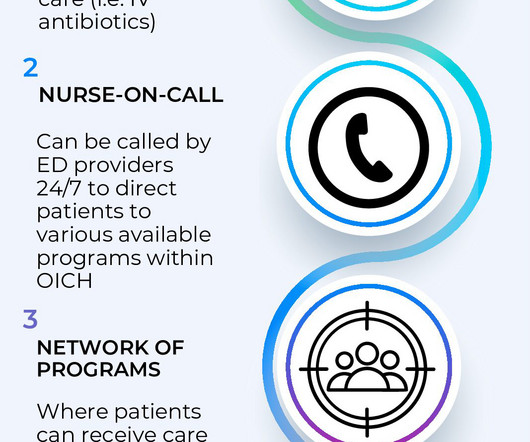Best Of EAST 2024 #6: Pan-Scans In the Elderly
The Trauma Pro
JANUARY 9, 2024
Injured older adults typically sustain those injuries from blunt mechanisms. Radiographic evaluation, particularly CT scans, does not have good supporting literature to dictate which exams should be used in particular patients. There is a long-standing debate on the merits of pan-scan vs. selective scans when using CT. EAST sponsored a multicenter study to look for specific history and physical exam findings that could help direct CT evaluation.
























Let's personalize your content